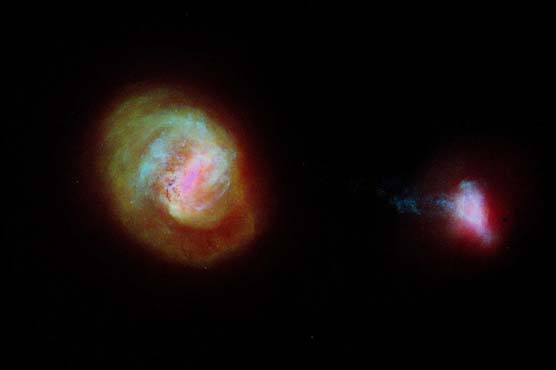Astronomers to release most accurate data ever for nearly two billion stars

Astronomers to release most accurate data ever for nearly two billion stars
(Web Desk) - On 3 December an international team of astronomers will announce the most detailed ever catalogue of the stars in a huge swathe of our Milky Way galaxy. The measurements of stellar positions, movement, brightness and colours are in the third early data release from the European Space Agency’s Gaia space observatory and will be publicly available.
Initial findings include the first optical measurement of the acceleration of the Solar system. The data set, and early scientific discoveries, will be presented at a special briefing hosted by the Royal Astronomical Society.
The primary objective of Gaia is measure stellar distances using the parallax method. In this case astronomers use the observatory to continuously scan the sky, measuring the apparent change in the positions of stars over time, resulting from the Earth’s movement around the Sun.
Knowing that tiny shift in the positions of stars allows their distances to be calculated. On Earth this is made more difficult by the blurring of the Earth’s atmosphere, but in space the measurements are only limited by the optics of the telescope.
Two previous releases included the positions of 1.6 billion stars. This release brings the total to just under 2 billion stars, whose positions are significantly more accurate than in the earlier data. Gaia also tracks the changing brightness and positions of the stars over time across the line of sight (their so-called proper motion), and by splitting their light into spectra, measures how fast they are moving towards or away from the Sun and assesses their chemical composition.
The new data include exceptionally accurate measurements of the 300,000 stars within the closest 326 light years to the Sun.
The researchers use these data to predict how the star background will change in the next 1.6 million years. They also confirm that the Solar system is accelerating in its orbit around the Galaxy.

